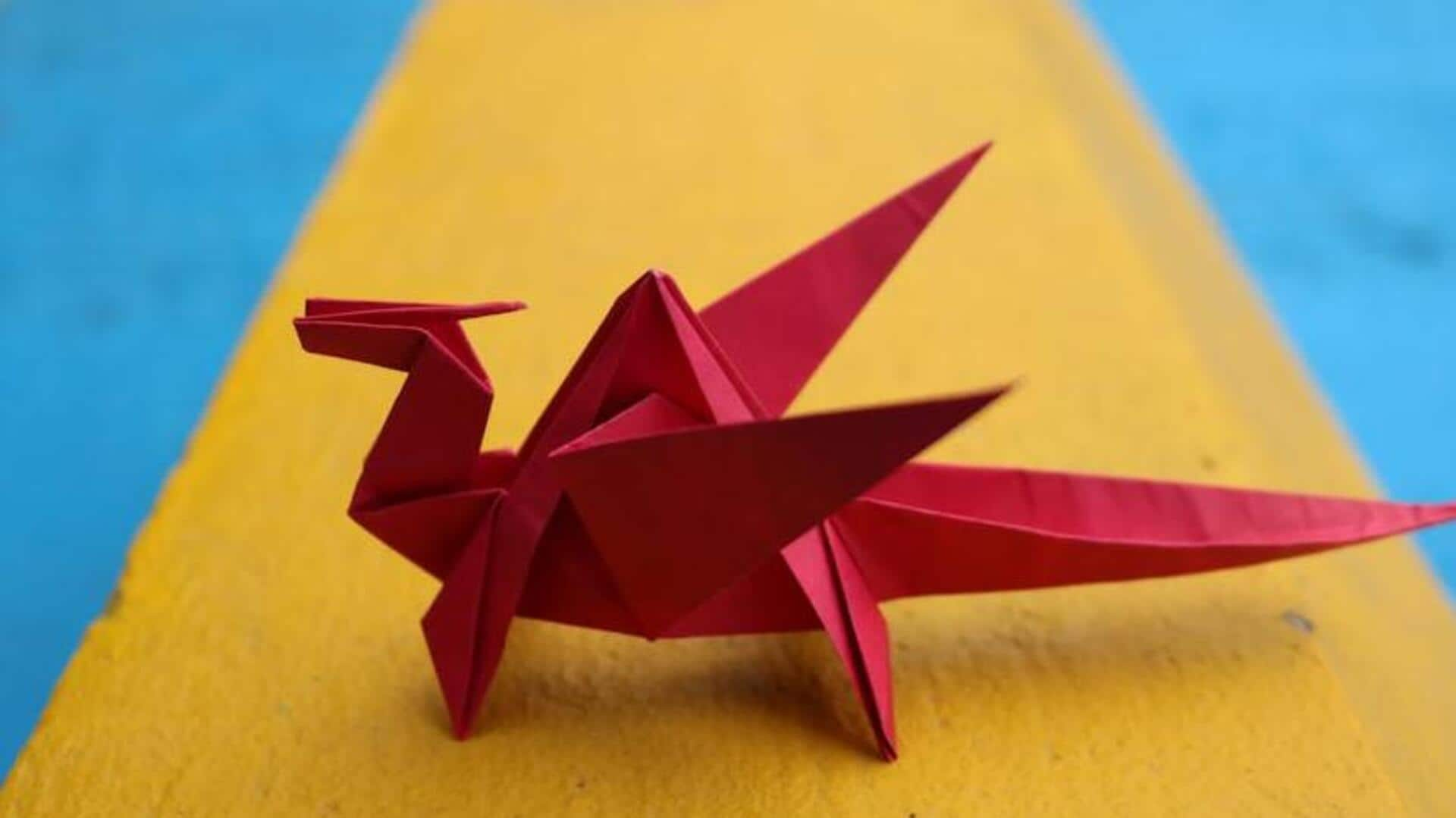
5 extraordinary facts about the art of Japanese origami
What's the story
Japanese origami is a fascinating art that uses simple sheets of paper to create stunning designs. The craft originated in Japan and has been honed over centuries, combining tradition and invention. It's not just about creating beautiful shapes, but also the mathematics behind it and the cultural significance involved. The artistry of origami is a reflection of the patience and skill of its creators, making it an interesting subject for both enthusiasts and novices.
Historical origins
Origami's ancient roots
Origami's history goes way back to Japan's Edo period, around the 17th century. It was first used ceremonially, as a symbol of respect and purity. With time, origami became more accessible to the general public, as paper became affordable. This transition enabled more experimentation and creativity in the art form.
Mathematical insight
Mathematical precision in origami
Origami is more than just an art; it's rooted in mathematics. Every fold and crease follows geometric patterns, which can even be broken down mathematically. This mathematical nature of origami has spread its wings into engineering and architecture. It provides solutions to complex structural issues through the medium of innovative folding techniques.
Cultural impact
Cultural significance of origami
In Japanese culture, origami has a lot of symbolic meaning behind it. The crane, for example, is a symbol of peace and longevity. It is believed that folding 1,000 cranes would grant you a wish or bring you good fortune. Such cultural associations give depth to every piece created, making origami more than just an art form but also a medium for storytelling.
Contemporary developments
Modern innovations in origami
In the world of origami, artists are now mixing old-school methods with new-age tech. The introduction of wet-folding allows for more dynamic, sculptural forms. Meanwhile, digital tools are being used to plan intricate models with precision before they are actually folded by hand. These developments have greatly expanded the scope of possibilities in this ancient craft, marrying the past with the future in every piece.
Health benefits
Therapeutic benefits of practicing origami
Practicing origami has been shown to improve concentration and reduce stress through mindfulness. As you fold paper into shapes without any external distractions, it serves as a creative outlet for your mental well-being. It encourages personal growth, enhances cognitive functions, and helps regulate one's emotions. Not to mention, engaging in origami takes you on a journey of self-discovery, exploring new interests and passions, providing fulfillment and satisfaction.